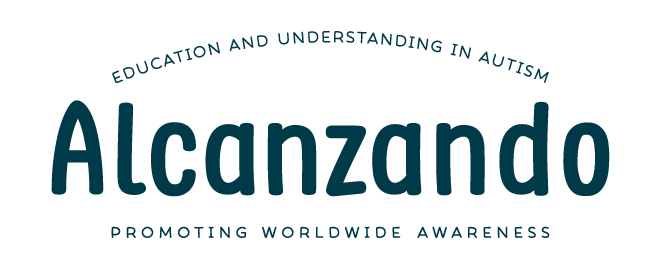
14 Nov Five Common Misunderstandings About ABA (Applied Behavior Analysis)
Applied Behavior Analysis (ABA) is a widely recognized approach for supporting children with autism and other developmental challenges. Unfortunately, common misunderstandings about ABA can lead to confusion. Research indicates that some parents and educators hesitate to use ABA strategies due to exposure to inaccurate information. Since confidence in and commitment to ABA-based treatment, as well as negative perceptions about it, can affect the success of a child’s intensive early intervention, it’s essential to clarify some of the misinformation surrounding ABA
1. ABA Is Just About Rewards and Punishments
Many people believe that ABA focuses solely on praising good behavior and punishing bad behavior. While it does use rewards to promote positive actions, ABA also emphasizes understanding the reasons behind behaviors and teaching new skills. For instance, if a child has difficulty playing with peers at the playground, an ABA therapist can guide them on how to join in games or share toys, making it easier for them to connect with others.
2. ABA Tries to Make Kids «Normal»
Some folks believe that ABA aims to make kids with autism act like everyone else. That’s not the case! ABA helps children become more independent by teaching skills that make daily life easier, like asking for snacks or using the bathroom on their own. It’s about supporting each child’s growth, not changing who they are.
3. ABA Is Only for Kids with Autism
While ABA is well-known for its effectiveness in teaching individuals with autism, it also extends to various subspecialties, such as Environmental Sustainability, Organizational Behavior Management (OBM), and Behavioral Sport Psychology. At its core, ABA focuses on analyzing behavior in natural settings. Its applications include preventing and treating drug misuse, reducing child maltreatment, teaching new skills to athletes, enhancing home safety, and implementing memory and language programs for seniors, among others
4. ABA Is Harsh or Controlling
Some critics say ABA is too strict, but today’s ABA practices focus on the individual. This means therapists work with each child to understand their unique needs and preferences. Instead of forcing a child to stop a behavior, they find ways to address the underlying reasons for that behavior in a kind and supportive way.
5. ABA Ignores Emotions and Mental Health
Another myth is that ABA doesn’t consider feelings or mental health, focusing only on behavior. That’s not true! ABA professionals look at the whole person and how their feelings, surroundings, and experiences affect their behavior. If a child is acting out because they’re frustrated or anxious, ABA therapy might teach them coping skills, like how to express their feelings or ask for a break.
Conclusion
ABA is a research-backed approach that helps individuals build important skills and gain independence. It’s not about controlling behavior or ignoring emotions, but about understanding and supporting individuals in ways that enhance their lives. Clearing up these misunderstandings helps us better appreciate how ABA positively impacts many families.
For further details or to discover how partnering with us can support you and your family, please click on this link or email us at [email protected]. We’d happily arrange an appointment or phone consultation to discuss your needs. Click here to contact us
Sources
Anderson, L. K. (2023). Autistic experiences of applied behavior analysis. Autism, 27(3), 737-750.
Applied Behavior Analysis Subspecialty Areas (bacb.com)

Sorry, the comment form is closed at this time.